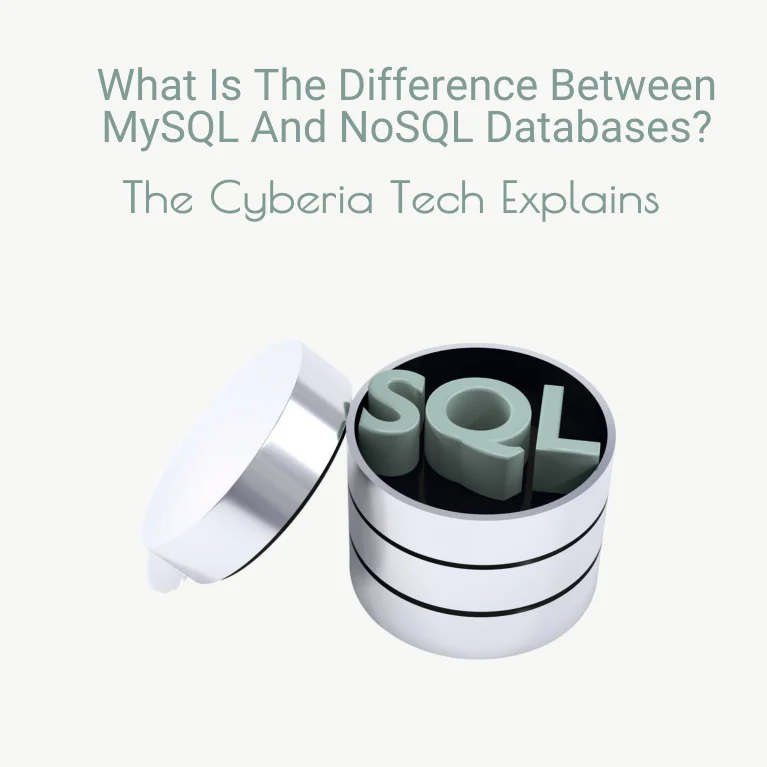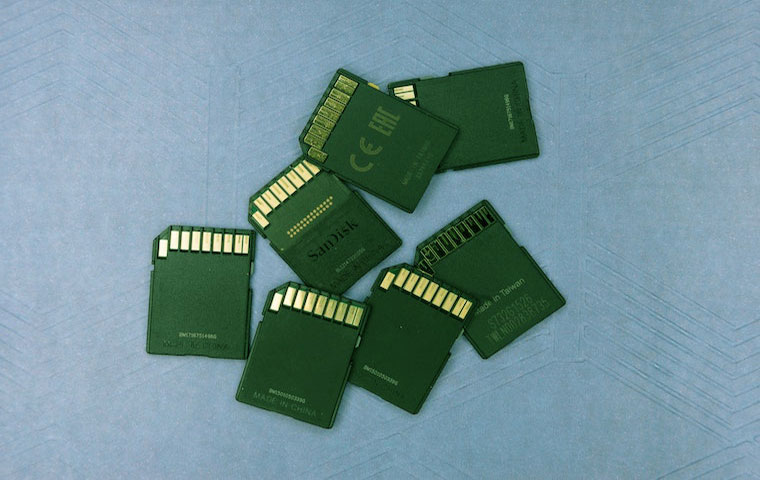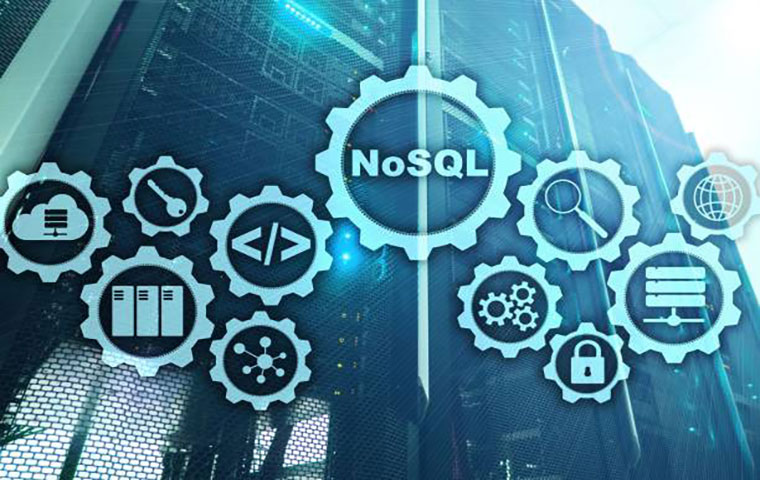The New Era of AI in 2025: From Gemini 3 to Creative AIs
Learn about the best AI tools for 2025, including Nano...
We use cookies for our website to give you the most relevant experience by remembering your preferences. By clicking “accept”, you consent to use of ALL the cookies
This website uses cookies to improve your experience while you navigate through the website. Out of these, the cookies that are categorized as necessary are stored on your browser as they are essential for the working of basic functionalities of the website. We also use third-party cookies that help us analyze and understand how you use this website. These cookies will be stored in your browser only with your consent. You also have the option to opt-out of these cookies. But opting out of some of these cookies may affect your browsing experience.
Necessary cookies are absolutely essential for the website to function properly. These cookies ensure basic functionalities and security features of the website, anonymously.
| Cookie | Duration | Description |
|---|---|---|
| cookielawinfo-checkbox-functional | 11 months | This cookie is set by GDPR Cookie Consent plugin. The cookie is used to store the user consent for the cookies in the category “Analytics”. |
| cookielawinfo-checkbox-functional | 11 months | The cookie is set by GDPR cookie consent to record the user consent for the cookies in the category “Functional”. |
| cookielawinfo-checkbox-necessary | 11 months | This cookie is set by GDPR Cookie Consent plugin. The cookies is used to store the user consent for the cookies in the category “Necessary”. |
| cookielawinfo-checkbox-others | 11 months | This cookie is set by GDPR Cookie Consent plugin. The cookie is used to store the user consent for the cookies in the category “Other. |
| cookielawinfo-checkbox-performance | 11 months | This cookie is set by GDPR Cookie Consent plugin. The cookie is used to store the user consent for the cookies in the category “Performance”. |
| viewed_cookie_policy | 11 months | The cookie is set by the GDPR Cookie Consent plugin and is used to store whether or not user has consented to the use of cookies. It does not store any personal data. |
Functional cookies help to perform certain functionalities like sharing the content of the website on social media platforms, collect feedbacks, and other third-party features.
Performance cookies are used to understand and analyze the key performance indexes of the website which helps in delivering a better user experience for the visitors.
Analytical cookies are used to understand how visitors interact with the website. These cookies help provide information on metrics the number of visitors, bounce rate, traffic source, etc.
Advertisement cookies are used to provide visitors with relevant ads and marketing campaigns. These cookies track visitors across websites and collect information to provide customized ads.
Other uncategorized cookies are those that are being analyzed and have not been classified into a category as yet.
Cyberia Tech, Inc. respects your privacy. This Privacy Policy explains how we collect, use, and share your information. By using our services, you agree to this policy. If any other agreements conflict with this Privacy Policy, the terms of those agreements prevail.
Cyberia Tech complies with the EU-US and Swiss-US Privacy Shield Frameworks for handling personal data from the EEA, UK, and Switzerland. In case of any conflict, the Privacy Shield Principles prevail. Learn more at Privacy Shield. Key Definitions
Information linked to an individual, transferred from the EEA, UK, or Switzerland to the U.S.
Data revealing race, religion, health, sexual orientation, and similar categories.
Effective Date: [ 2025 / 12 / 12 ]
Welcome to The Cyberia Tech ! By accessing or using our website or services, you agree to
comply with and be bound by these Terms of Use and our Privacy Policy. If you do not agree with
these terms, please do not use our Services.
Loading
0 %

One of the first things you’ll do when creating a web project is decide between MySQL and NoSQL databases.
These classifications are used for the many different kinds of databases. When building your web project, you’ll need to decide between MySQL vs NoSQL databases.
Finding the ideal database for your project is easier if you understand the differences between MySQL and NoSQL databases.
It’s important to remember that you have options in every single sub-group. Please read this entire essay as we attempt to provide an in-depth examination of databases.
Table of Contents
A database is a large, computer-stored collection of material that is already structured and organized.
Users’ data and the required parts of the web app can’t exist without a DBMS, or Database Management System.

Because your data will be centralized and simple to access for your consumers, databases play a crucial role in both front- and back end development.
Therefore, it is a precious resource upon which the efficacy and responsiveness of your app depend.
Databases are therefore developed and specialized to meet any requirement.
Databases may be broken down into two broad categories: relational databases and non-relational databases, sometimes known by their respective programming languages such as MySQL and NoSQL.
Structured Query Language (SQL) is a dialect of the SQL family of languages designed specifically for use with relational databases.
The database serves as the organizational and editing hub for all database languages. There are other, less common, forms of databases, too, such as key-value, broad column, etc.
In this article, we will compare and contrast MySQL-style relational databases with other types of databases.
A database is the foundation of every web app system, as it is where all of your data will be kept.
SQL databases are, without a question, the most popular option. In a relational database, data is organized into tables and columns, much like in a spreadsheet.
The data from one table may be retrieved with a single SQL statement. A table’s columns often include headings that describe the data being shown.
There are varying amounts of information for each headline in the rows.
Let’s examine the following table, which depicts a very basic relational database:
|
ID Number |
Customer Name | Phone Number | Email Address | Date of Birth |
| S001 | Helen Smith | 002558697 | Helen.s.m@hotmail.com | 14.07.1992 |
| S002 | Andrew Bernis | 065654121 | Andy198822@gmail.com | 7.11.1988 |
| S003 | Makayla Jules | 0021145657 | Maky.Jules@yahoo.com | 19.03.1996 |
Each column in a relational database stores similar information, whereas each row stores data that varies but is connected in some way.
As seen above, phone numbers are an example of homogeneous data that we collect, as we only ever collect one such number per individual.
This neatly structured data in MySQL vs NoSQL resembles the clean dishes sorted in a cupboard.
Your data must strictly adhere to the right schema rule. If the user prefers, we may leave the phone number field blank, but we can’t change it to a postal code.
Despite the fact that a web app’s enormous database has several tables, each of which stores a unique set of categories and information.
In addition, if a client has an order, that information is linked to the products list, which becomes the third table.
Let’s take a look back at some of the most well-known relational databases we’ve worked with lately.
The most common types of relational databases will be discussed here. Despite their superficial distinctions, the underlying structures of these databases are quite similar.
If you’re having trouble deciding between MySQL and NoSQL databases, we hope the above descriptions may help.
MySQL is the most widely used free and open-source relational database because it is both fast and safe, making it suitable for projects of all sizes.
Surprisingly, social media behemoths like Facebook and Twitter use it as their database, making it a welcome respite for developers.
Unless you need advanced capabilities, MySQL is less expensive than NoSQL databases. It works with several languages and may be used on any device.
Therefore, most new organizations would rather start off by dealing with inexpensive and straightforward options.
PostgreSQL is an object-relational database, unlike its fierce rivals, which only handle a limited set of data types. PostgreSQL is an additional open-source and free database option.

Want advanced data querying and more functionality from your database?
PostgreSQL is the right choice for your project because of the adaptability it provides.
Additionally, PostgreSQL provides access to external service providers for those times when in-house expertise is lacking.
Recently, Amazon AWS Services has taken up everything in the development work. From SQL vs NoSQL databases, Amazon AWS suggests various services.
The Amazon AWS NoSQL database or Amazon DynamoDB has become popular these days.

Amazon DynamoDB is a very efficient and adaptable database service that uses the key-value and documentation models.
Data in DynamoDB is stored on SSDs, which significantly speeds up operations. Because Amazon places data centers in many different time zones and locations, DynamoDB can guarantee 99.99% availability.
In addition, it works well in broad contexts
MongoDB NoSQL databases store data in a document-oriented fashion and use the JavaScript Object Notation (JSON) file format for documentation.
Data is organized in a document-oriented system in a hierarchical, tree-like fashion rather than in tables. When it comes to the rate at which data is processed, MongoDB excels.
The ability to make changes to any data without updating and implementing sophisticated codes is a major feature of document-oriented patterns.
The serverless capabilities of MongoDB and the associated pay-as-you-go pricing model are at your disposal. Google’s NoSQL database is the second option for software engineers.
Firebase is more than just a database; it also offers other back-end services for building websites and apps.
The NoSQL database of Firebase, called Firestore, is a real-time option that mimics MongoDB in many respects. The JSON documentation approach is also used by Firebase.
This is pretty much the basics to both so-called MySQL and NoSQL databases, other than that, you should learn their functionalities and start working with them in your projects.
If you figured out the essential characteristics of MySQL and NoSQL databases, let’s analyze the differences between those two.
The primary issue facing every programmer who wants to launch a new web application development venture.
Choosing one over the other is dependant on how much work has to be done. Relational databases and its associated tables are ideal for uses where a high level of data organization is required, such as in accounting.
However, a NoSQL database can better optimize data in a project where data has to be updated simultaneously, such as content management platforms.

Using NoSQL databases can be difficult because most web app development projects don’t need significant code and a large-scale database.
Avoid the hassle of NoSQL’s complexity if you’re just getting started with a little application.
SQL databases are the ideal option if you need to find and fix faults and other issues fast and effectively. After being available for so long, most of the kinks have been worked out.
Plus, SQL databases have more users and more code repositories in GitHub, while NoSQL databases are known as the future technology. Now, you can choose between MySQL vs NoSQL.
To begin, MySQL is a tabular-based relational database.NoSQL is a document-oriented, non-relational database system. Since NoSQL is still in its infancy, the market favours MySQL databases over those that utilise it.
What is difference between NoSQL and SQL?
Since information is presented in tables within a SQL database, it is sometimes referred to as a table-based database. Key-value pairs, documents, graph databases, and wide-column stores are all common data representations in NoSQL databases. Vertical scaling is possible in SQL databases. NoSQL databases may grow in width as well as height.
If you’re looking for a database that works for you, the information in this article on the difference between MySQL and NoSQL databases could prove useful.
There isn’t much of a difference between MySQL vs NoSQL databases, but if you’re after efficiency, you should give some thought to which one you go with.
MySQL and NoSQL supporters are always at odds with one another, and each side has its own frame of reference.
Please contact us if you’re still having trouble deciding on a database. Please share your thoughts and advice if you have expertise with either database type, and best of luck with your job!
You Can Get More Information!
